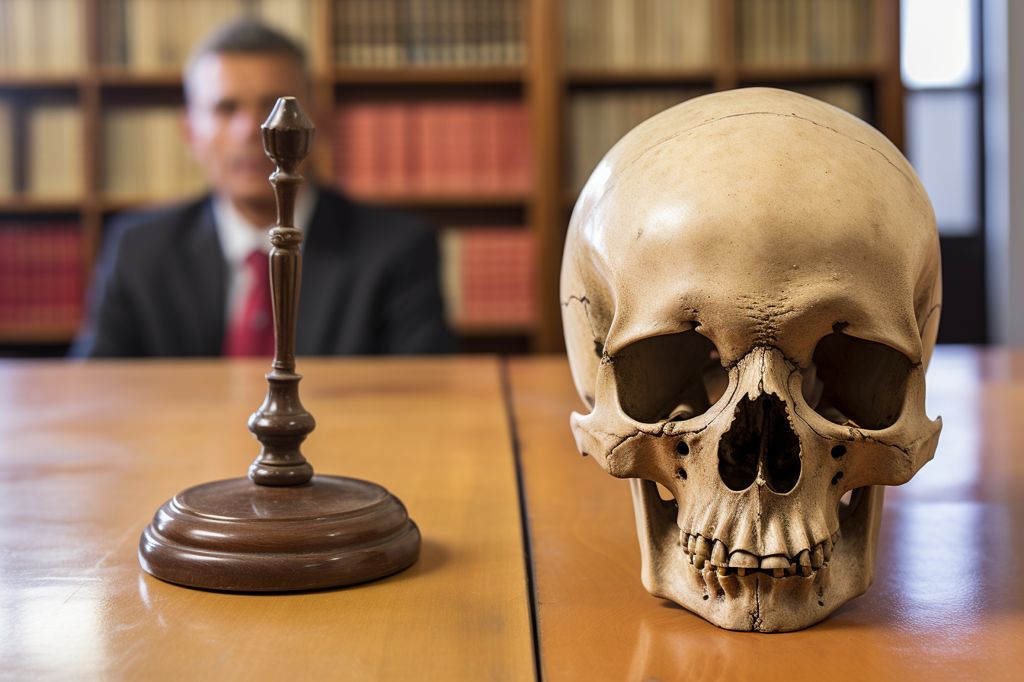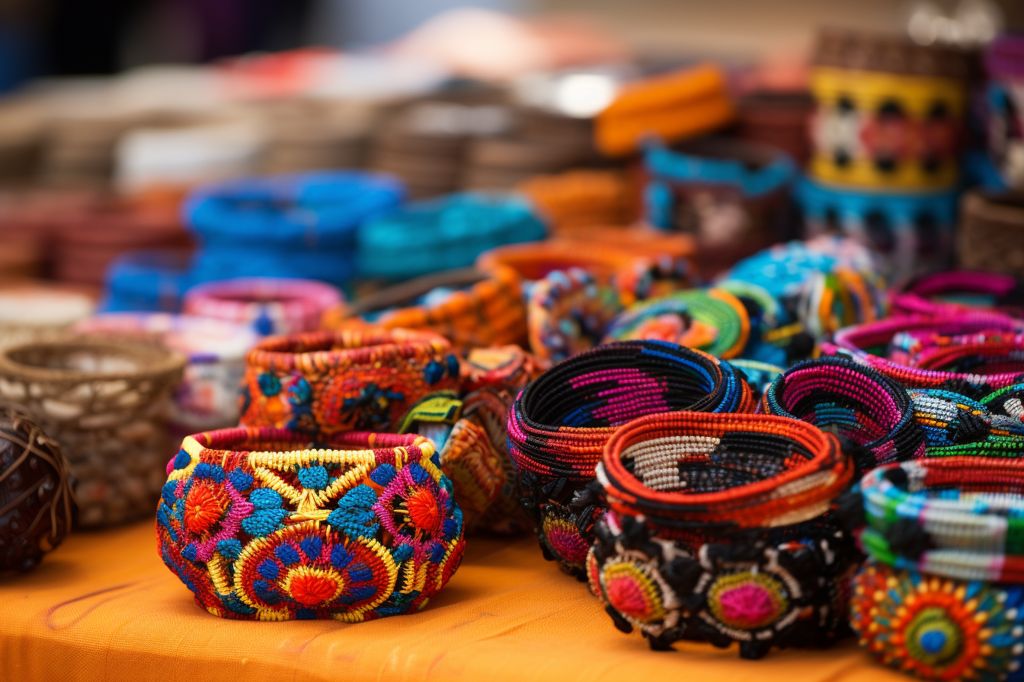Simon’s Town Museum, situated in a quaint village rich in history, will hold a public meeting this weekend as the Western Cape government seeks to conclude its consultation process on the reburial of human remains that are currently housed at the museum. The Department of Cultural Affairs and Sport has initiated the public consultation process to gather opinions on the reburial of the remains, which include a Khoi or San skull, confirmed by the University of Cape Town, and partial skeletons believed to have European ancestry.
The Remains in Question
The remains have not been part of the museum’s collection and have been kept at the institution for an unknown period. Cathy Salter-Jansen, the museum’s manager, has revealed that the remains belong to two distinct groups. The first group consists of a 2,000-year-old skull, while the second group comprises several adults discovered during the construction of the Simon’s Town Magistrate’s Court in 1978. A gravestone of a Dutch East India Company official was found in the same vicinity, indicating the possibility of an old burial ground. However, Salter-Jansen clarified that no complete skeletons were unearthed.
The Discovery of the Khoisan Skull
The Khoisan skull was discovered in the dune sand above Windmill Beach and below the golf course. It was not found on the course but was unearthed in 1978 after a golfer went searching for a lost ball. The skull’s discovery in an old shell midden adds another layer of intrigue to the story.
The Public Meeting
The Western Cape government has opened a public consultation process from July 26th to August 26th to gather opinions on the reburial of the remains. The upcoming public meeting aims to gauge the community’s preferences for the reburial of both groups of remains and to determine if they would like a forensic investigation. This inquiry would potentially uncover the cultural identity of the individuals from the magistrate’s court, thereby informing the reburial ceremony or ceremonies.
Contributing to the Process
Members of the public are encouraged to contribute written submissions by August 26th to [email protected] if they possess any information that could assist in elucidating the remains’ origins or facilitating a respectful reburial. Submissions must include the author’s name, phone number, and address for vetting purposes.
Ensuring Dignified Treatment
As the consultation process nears its end, the Simon’s Town Museum and the Western Cape government are dedicated to ensuring that the human remains be treated with dignity and respect. The community’s input will play a crucial role in honoring the lives and memories of those who once called this place home.








